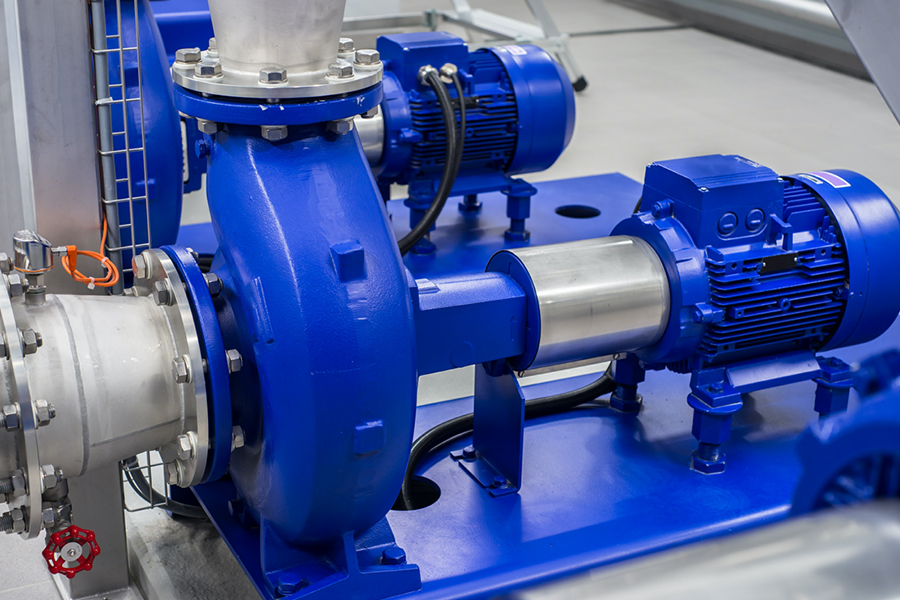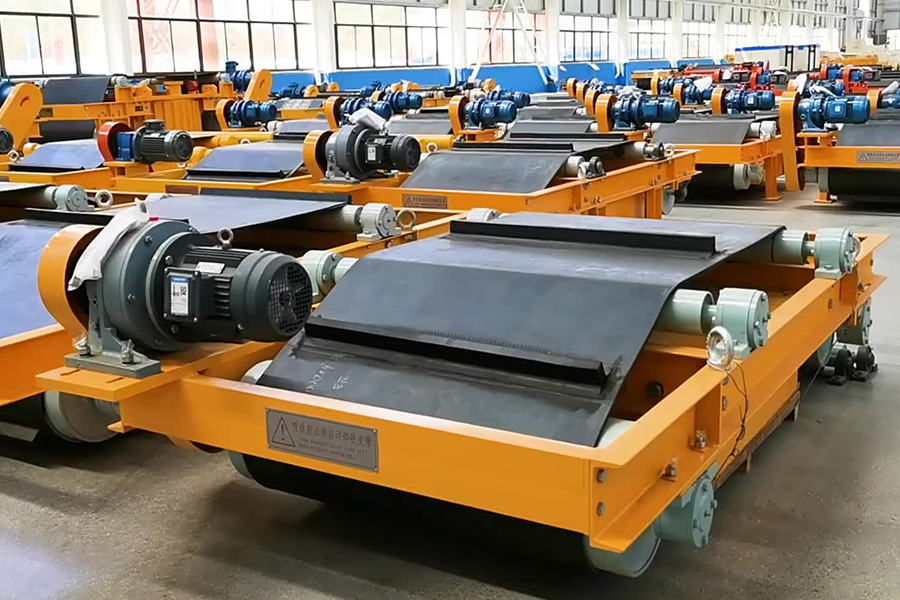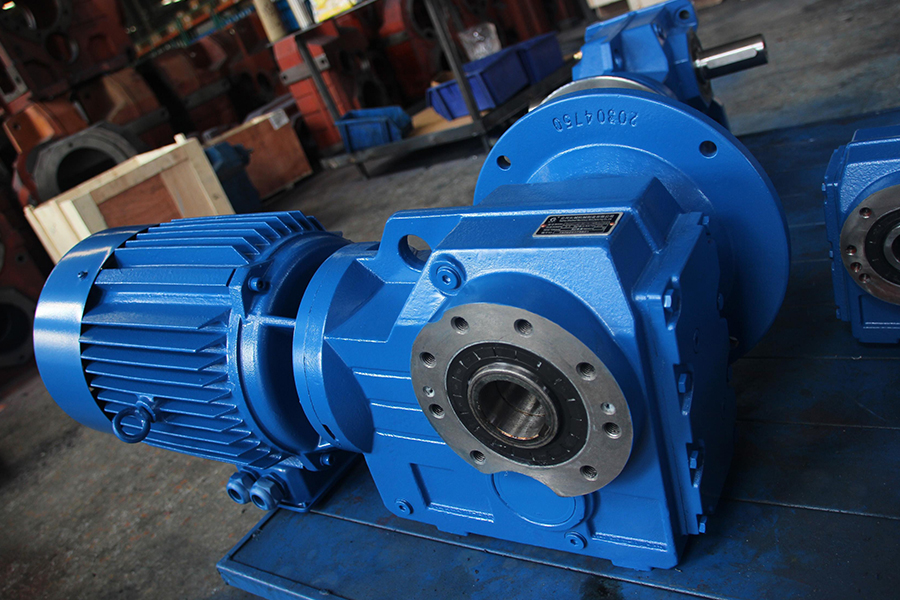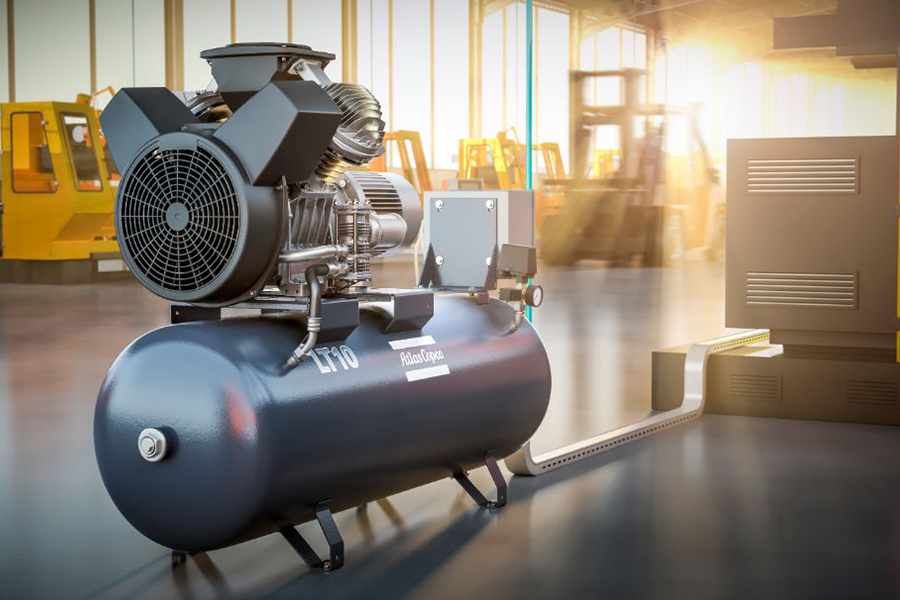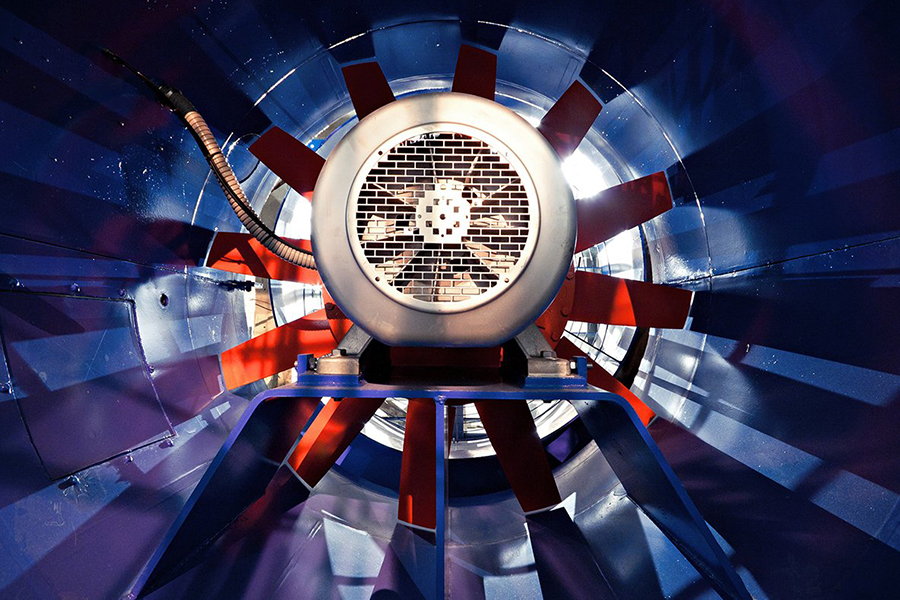In industrial machinery and household appliances, the efficient control of motor speed stands as a paramount concern. Two distinct yet interconnected technologies play pivotal roles in this domain: three-phase variable speed controllers and single-phase motor speed regulators. Understanding their mechanisms, applications, and differences is crucial for optimizing performance across various sectors.
Three-phase variable speed controllers, a cornerstone in industrial automation, offer precise control over motor speeds in a wide range of applications. Leveraging the complex interplay of three alternating currents, these controllers modulate voltage and frequency to regulate motor speed. By adjusting the frequency of the input power, they enable smooth acceleration and deceleration, ensuring ideal performance and energy efficiency in heavy-duty machinery such as pumps, compressors, and conveyors.
In contrast, single-phase motor speed regulators cater to simpler applications where three-phase power is unavailable or unnecessary. Operating on the principle of altering voltage through phase control or pulse width modulation (PWM), these regulators provide a cost-effective solution for controlling the speed of single-phase motors. From household appliances like fans, blowers, and kitchen appliances to small-scale industrial equipment, single-phase motor speed regulators find widespread use in diverse settings.
Despite their disparate applications, both technologies share common challenges and advancements. Thermal management remains a critical concern, as excessive heat can degrade the performance and lifespan of motors and control systems alike. Innovations in cooling techniques, such as enhanced heat sinks and intelligent thermal management algorithms, mitigate these risks, ensuring reliable operation even in harsh environments.
Moreover, the quest for greater efficiency drives continuous improvements in power electronics and control algorithms. Silicon-based power devices, once ubiquitous in motor control, now face stiff competition from emerging wide-bandgap semiconductors like silicon carbide (SiC) and gallium nitride (GaN). With lower conduction losses and faster switching speeds, these advanced materials promise higher efficiency and compact designs, heralding a new era of energy-conscious motor control.
Furthermore, the integration of digital control techniques and communication protocols facilitates seamless connectivity and remote monitoring. Real-time data acquisition and analysis empower predictive maintenance strategies, preempting costly downtimes and optimizing asset utilization. From cloud-based platforms to edge computing solutions, the convergence of Industry 4.0 technologies augments the intelligence and responsiveness of motor control systems, ushering in an era of smart manufacturing and sustainable practices.
In conclusion, the realms of three-phase variable speed control and single-phase motor regulation represent indispensable pillars of modern engineering. Whether powering heavy industrial machinery or household appliances, the precise manipulation of motor speed enables enhanced performance, energy efficiency, and operational flexibility. By embracing technological innovations and addressing common challenges, stakeholders can unlock new possibilities in automation, productivity, and sustainability.
Furthermore, ongoing research focuses on refining control algorithms to optimize motor performance across diverse operating conditions. Adaptive control strategies dynamically adjust parameters based on load variations, environmental factors, and system dynamics, ensuring robust operation and responsiveness.
Additionally, efforts are underway to enhance the fault tolerance of motor control systems, mitigating the impact of component failures and disturbances. Redundant configurations, fault detection algorithms, and fault-tolerant control schemes bolster reliability, safeguarding critical processes and equipment integrity.
Moreover, advancements in sensor technology and signal processing enable finer granularity in speed control and monitoring. High-resolution encoders, advanced feedback mechanisms, and predictive algorithms enhance accuracy and stability, enabling precise speed regulation and dynamic response.
In the pursuit of sustainable solutions, emphasis is placed on energy recovery and regeneration techniques. Regenerative braking systems harness kinetic energy during deceleration, feeding it back into the power grid or storage devices, reducing overall energy consumption and operational costs.

 English
English 中文简体
中文简体 عربى
عربى



